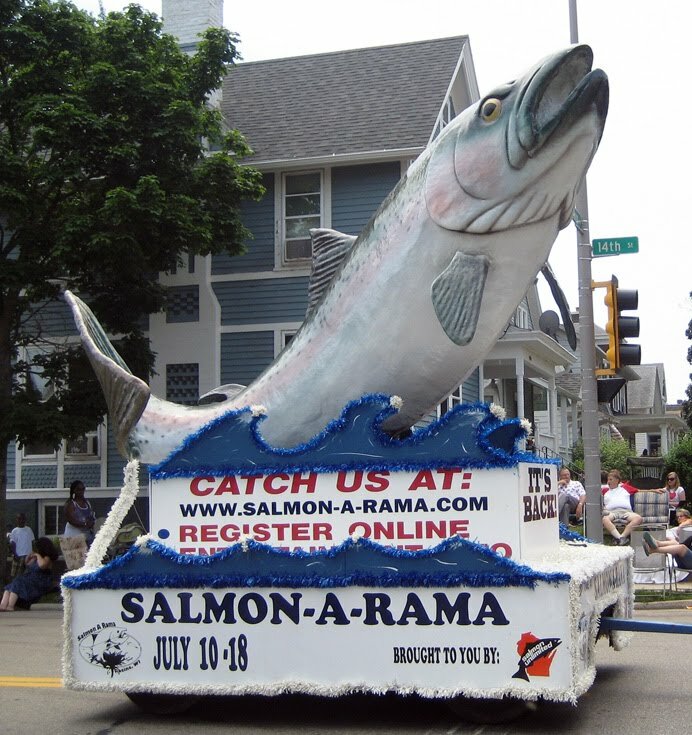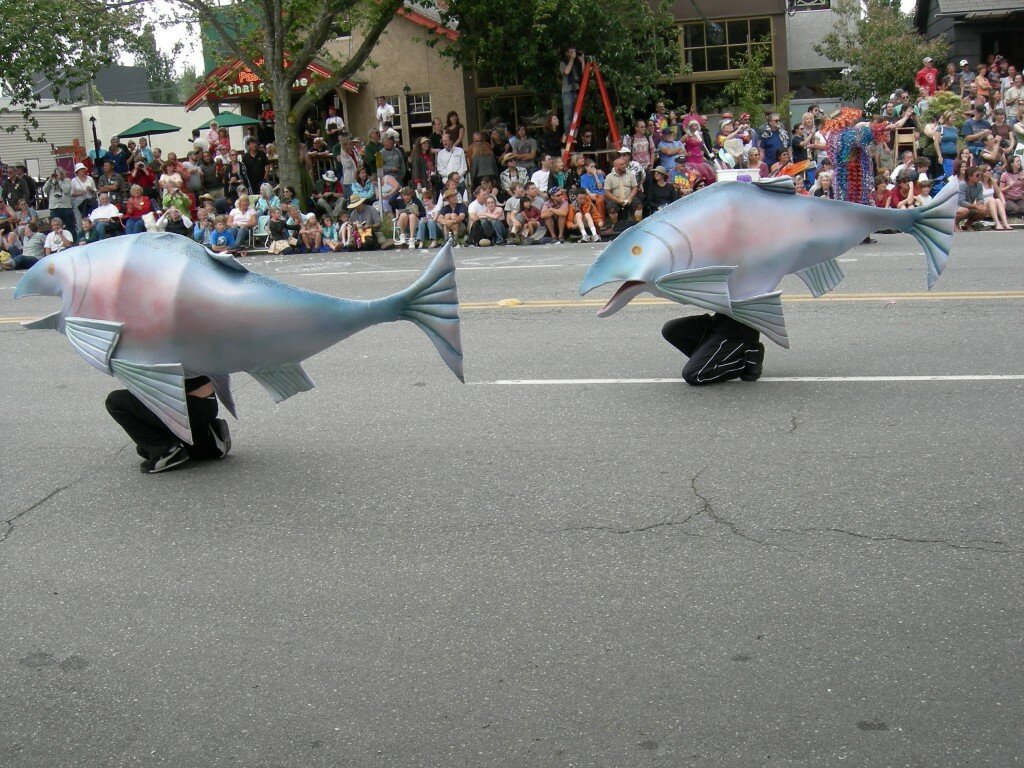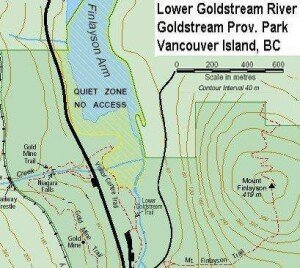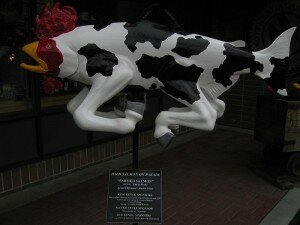This past salmon season, a booming sockeye run — largely to just a few rivers in the Fraser — dominated headlines. Adding to the enigma of the whole thing was that the Cohen Commission into declines of sockeye on the Fraser River was really just getting rolling.
And now with the one year extension of the Cohen Commission we might see the Commission team work through another brutal year of returns. Pre-season forecasts are suggesting a couple of runs might do alright, but all in all, it might be another year of starving streams — especially in the upper reaches of the Fraser River, west and east of Prince George.
Is this story by Mark Hume in yesterday’s Globe and Mail indicative of more to come?:
When David Hancock saw the bald-eagle count on the Chehalis River drop from more than 7,000 to fewer than 400 over a few days in December, he knew a crisis was coming.
Earlier this week, news reports that starving eagles were “falling out of the sky” in the Comox Valley, on Vancouver Island, confirmed his fears.
Wildlife rescue centres on the Island have reported birds growing so weak from hunger that they fall out of trees, or fly so clumsily they hit things. One crashed into a roof.
Mr. Hancock said a collapse of chum salmon runs has left British Columbia’s bald-eagle population without enough food to make it through the winter, leaving them weak from hunger and forcing thousands of birds to scavenge at garbage dumps.
Reports of starving eagles have been coming in from all over the Lower Mainland but seem concentrated in the Comox Valley, he said.
“This is what I said would be happening,” said Mr. Hancock, a biologist, publisher and author of The Bald Eagle of Alaska, BC and Washington.
Mr. Hancock said about 25,000 eagles flock to salmon rivers in the Pacific Northwest in the fall, to feed on the carcasses of spawning salmon. One of the biggest gatherings is on the Chehalis River, about 100 kilometres east of Vancouver, where as many as 9,000 eagles gather in November and December, drawn by what is usually a large run of chum salmon. The big fish, which average about 6 kilograms, are among the last salmon to spawn and their carcasses are usually available on gravel bars well into the winter.
But Mr. Hancock said the chum didn’t arrive in any numbers on the Chehalis this year, reflecting a coast-wide collapse of the species, and then heavy rains washed away what carcasses there were. The birds were forced to disperse, to look for food where they could find it.
“It was absolutely incredible. Within 10 days, we had gone from 7,200 eagles to 345 … So I knew it was going to be a pretty desperate winter,” said Mr. Hancock, who has been studying eagles for 50 years.
“So where did they go? I have a count of 1,387 one day at the Vancouver dump … that was in the week following the Chehalis dispersal,” he said.
Mr. Hancock said many birds have probably left the B.C.’s southern coast, perhaps flying far into the United States, but thousands have remained, and can be seen scattered across farm fields in the Fraser Valley and on Vancouver Island.
Others have flocked to the east coast of Vancouver Island, in the area between Qualicum Beach and Campbell River, which usually has a large herring spawn in early March.
The eagles feed on the fish, which spawn in the shallows, and hunt flocks of gulls and ducks that gather to eat herring eggs.
But the eagles are weak right now, and with heavy snow falling in the area, scrounging road kill or finding other dead animals can be difficult, said Robin Campbell, of North Island Wildlife Recovery Centre, in Errington, near Parksville.
Mr. Campbell said he has nine bald eagles under care, and most of them are recovering from poisoning they got while feeding at the Campbell River landfill.
“We had 1,300 eagles sitting there at the dump the other day,” Mr. Campbell said. “People dump poisoned animals in there and the eagles feed on them … the birds are starving, but a large percentage are poisoned, too.”
Maj Birch, manager of the Mountainaire Avian Rescue Society in Courtenay said she usually handles 40 eagles a year, but in the first two months of this year alone she has taken in 20 birds.
She said most of the birds she is called out to care for are so weak from hunger that “basically you just walk over and pick them up.”
Ms. Birch said many birds are found sitting on the ground.
“One young bird was perched in a tree and it just fell out. One was flying and hit a roof. They are falling, collapsing, losing their ability to fly,” she said.
_ _ _ _ _
There have been folks warning of this for years. A significant portion of the bald eagles in North America migrate along thermal updrafts to reach the BC coast to feast on salmon. Very similar to Alaska — ever been to Haines, AK? Still some half decent salmon runs up there, and still some somewhat healthy eagle populations?
With across the board declines of salmon… a lot of other critters are feeling the pain.
Eagles have to resort to garbage dumps… grizzly bears have to resort to garbage dumps.
Might there be a problem?






